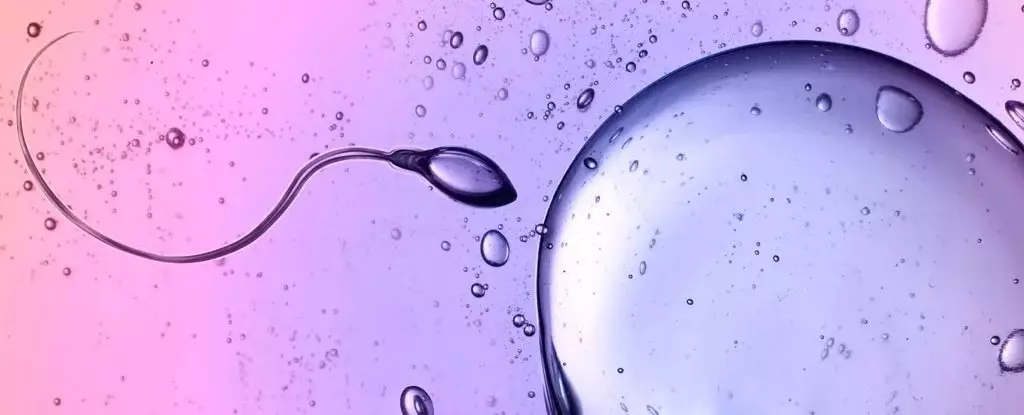In the vast landscape of biological exploration, the mechanics of movement in microscopic entities like sperm and algae continue to unveil enigmas that challenge classical physics. A recent investigation spearheaded by Kenta Ishimoto at Kyoto University has unraveled the complexities of how human sperm navigate through dense fluids, bending the conventional applications of Newton’s laws of motion. Their study sheds light on the peculiar motions of sperm and other microscopic swimmers, indicating that the long-standing principles established by Newton do not neatly apply at this minuscule scale.
Isaac Newton’s third law of motion posits that every action has an equal and opposite reaction. This principle is illustrious in macro-scale examples, such as colliding billiard balls or bouncing marbles. However, when one shifts focus to the microscopic world, particularly to the realm of swimming cells and organisms, things become considerably intricate. This brings forth a significant question: how do these entities maneuver through viscous environments that, by all accounts, should hinder their progress? The research by Ishimoto and his team unveils that these sperm cells and algae are not merely defying gravity; they act in a realm where homogeneous reactions are distorted, and non-reciprocal interactions reign unpredictable.
The principles outlined by Newton were established for rigid bodies, not for highly dynamic biological structures that bend and curl in water. The swimming of sperm involves a process where energy is continuously inserted into the system by their whip-like tails, which oscillate and navigate through the thick medium, creating thrust that appears to defy the expected responses from their surroundings. This behavior, classified as non-reciprocal, suggests that the mechanical interactions of these microscopic propellers are dictated by different sets of rules than those applied in classical mechanics.
One of the standout revelations from this investigation is the concept of ‘odd elasticity’. While the flags (the tails of sperm and algae) are designed to propel these cells forward, their deformation properties allow them to do so with an unexpected economic use of energy. In a typical scenario, fluids containing significant viscosity would absorb the energy produced by movement, leading to minimal propulsion. However, the ‘odd elasticity’ observed in these biological structures permits them to maintain their vigor while thrashing through slimy waters.
The notion of odd elastic modulus adds another layer of complexity to our understanding. The researchers postulated that by delving deeper into the internal mechanics of the flagella and employing mathematical models, they could account for the anomalous propulsion seen in both sperm and Chlamydomonas algae. This novel term introduces an understanding of the unique interactions that come into play within materials driven by biological needs, hinting at the nonlocal and asymmetric nature of these interactions.
These findings extend beyond academic curiosity; they have profound implications for the design of future technologies. As the researchers note, insights drawn from this study could inform the development of innovative, self-assembling robotic systems. Mimicking the dynamic properties of biological materials could yield robots that function effectively in environments where traditional mechanisms struggle. Furthermore, the models created to describe the movement of these cells could serve as templates for understanding larger-scale collective behaviors, bridging the gap between microscopic and macroscopic phenomena.
Ultimately, unraveling the peculiar locomotion patterns of human sperm and algae not only enriches our comprehension of life at the cellular level but sparks avenues for technological advancements that reflect the ingenious capabilities of nature. As science continues to delve into the seemingly chaotic world of microscopic physics, the principles learned may lead to transdisciplinary solutions that blend biology with engineering, paving the way for a future where we can design machines that think and behave much like the living organisms they are inspired by.

Leave a Reply